Today, I want to talk about the Insta360 Ace Pro, a camera developed in collaboration with Leica. It’s an interesting product that I’ve been using for the past couple of weeks, trying it out in a variety of different weather conditions. Let me tell you, the weather did not cooperate one bit. In the past couple of weeks, it’s been a struggle, but I think I made it happen. Today, I want to share my impressions of this camera with you. Without any further ado, let’s check it out.
Testing the Insta360 Ace Pro on FPV Drones
On the outside, this camera looks just like any other action camera. It is somewhat bulky and, compared with the DJI Osmo Action 4 and the GoPro Hero 12 Black, for example, it is on the bigger side. So, you can definitely feel the difference in terms of size and weight when you hold it in your hand.
However, there are some features that make this camera worth the weight. One of them, without wasting any time, is this flip-out screen, which I believe is just amazing. The way it works, the way it’s designed, is just to be usable without having to rely so much on the front screen. You can easily flip out this screen and start using the camera, looking directly at the screen without having to sacrifice any quality.
As we all know, those front screens on action cameras are really a compromise. So, you always have to change your settings, or you want to take a look at what is being filmed. But on this tiny screen on the front, it’s not that easy to see that information. Whereas here, with this flip-out screen, you can see pretty much everything that the camera is recording. You can change all of your settings on the go, and it all happens very naturally, very smoothly. I’m a big fan of this screen.
Besides that, we of course have a second screen on the front, which gives you rough information about the mode you’re in, the frames per second that you’re shooting in, whether you’re shooting or not. There is a little LED light that shows you if you’re shooting or not. But keep in mind, it’s just a basic information type of screen that gives you a quick glance at everything that’s going on with the camera.

Besides that, we have a non-removable lens cover on the front, which, in my opinion, for an action camera, is kind of weird. But, from what I understood, Insta360 is changing those lenses for free in case you damage them. You just need to cover shipping to their facilities, and they will change and repair these lens covers for free.
From what I understood, it just needs to be done in a controlled environment, so you don’t get any fog or any type of moisture on the lens when you change it because it has to be glued on the camera itself. Now, that’s definitely not ideal, in my opinion, but I think it’s still okay for what they’re trying to do. In case there’s something wrong with the camera, they will take care of it.
On the side of the camera, you have the power-on button to power on the camera and cycle through the different shooting modes. On top, you have the recording button. Actually, there is one more thing about this camera that I forgot to mention, and that is that the bottom section is magnetic, so it fits with a magnetic mount, similar to the Action 4.
Now, the Ace Pro also is magnetically attachable to pretty much anything you want. So, that makes it easier to swap between different mounts and quickly change something on the camera. Maybe when it’s on your FPV drone, you want to quickly remove it. It’s very easy to do so by just removing it from the magnets, doing your settings, changing your settings, whatever you want to do, and just mounting it back on the drone.
That happens in seconds, and it’s one of my favorite things about these newer action cameras. The way that they are meant to be quickly swappable from one place to another and change mounts in a matter of seconds.
Now, let’s talk about the quality coming out of this camera. We have a 1/1.3-inch sensor co-engineered with Leica, which shoots 8K at 24 frames per second and 4K at up to 120 frames per second. Now, this is kind of like a small gimmick, I would say, the 8K feature, which, of course, is great to have, but coming from a sensor on an action camera, it’s not a real 8K that you would like to shoot in every single time. It’s great to have if you want to punch in. If you want to have different cropping capabilities with this camera. You can use 8K, but the fact, it’s only 24 frames per second is kind of a deal-breaker for me because I shoot at 25 and sometimes at 50.
So, of course, it’s not something that I plan to be using on this camera very much, but it’s nice to know that cameras are trying to push these resolutions and frame rates further every single time they release a new camera.
When we talk about the camera capabilities and the quality coming out of this Ace Pro, it’s a very Insta360-like type of quality. Now, you can definitely see that there is a lot of contrast being applied to the footage, and it’s very punchy with the standard color profile, which, by the way, Insta360 recommends to be used.
So, you have a flat color profile, you have the standard color profile, and I believe you have a lot of different presets which you can enable on the camera itself if you don’t want to color grade your footage later in post.
I personally am a big fan of color grading. I tried filming with this camera in a flat color profile, but to be honest, I don’t really like the flat color profile on Insta360 cameras. I think what Insta360 recommends is the way to go.
The standard color profile gives you a rich, vibrant color profile that you can still tweak a little bit, not too much, but the flat color profile is not ideal because this camera shoots in 8-bit. So, you don’t really have the capability to really push the footage that much. When you do, you will see some breakup in the colors, you will see some artifacts, and that makes me not want to use the flat color profile.
When mounted on my FPV drone, I have to say, I tried it on three different drones. I used the Helion 10 the most with this camera because we had a lot of wind, and it was difficult to fly FPV with pretty much any other drone that I have, besides the Helion, because it’s a beast.
But the Helion has a small jello problem, which I’m investigating right now, because I was able to capture that jello with this camera, and I believe it’s not the fault of the camera, it’s mostly because of the drone. Because when I switch to my Cinewhoop, for example, or my 5-inch drone, I didn’t see that jello. So, I think it is mostly because of the Helion. So, if you see any jello, keep in mind it’s not because of the Ace Pro, it’s mostly because of the Helion and because of that super strong wind that I flew in, because those were the weather conditions that I had to deal with.
Besides that, like I said, the colors are pretty good with the standard color profile. I noticed that there is a lot of contrast and a lot of darkness in the shadows. You have to raise the shadows a little bit if you want to make your footage a little bit more visually appealing; otherwise, it’s just too contrasty, too dark in the shadows, and I personally don’t like that because it’s very unnatural looking. But with a bit of play in post, or if you just apply Clarity+ with the Insta360 Studio, you will see that you are getting some detail back in your footage.
In terms of stabilization, I tried using the built-in stabilization of this camera, and I would say it looks pretty good, but I would probably only use it on the ground when I’m vlogging with this camera, when I’m doing some action sports. But when I’m flying with my drones, I prefer to use Gyro Flow. That’s just how things are, because Gyro Flow gives you so much more flexibility to really play with the field of view, with how much smoothness you want.
Maybe for some shots, you want a little bit more shakiness to add some dynamics to your shots; for others, you want to have complete fluidity and you want to have maximum smoothness applied. So, you really have that flexibility with Gyro Flow, whereas if you use the built-in stabilization, you have a couple of different levels, but that’s just again, that’s baked in. So you don’t really have that flexibility to readjust some settings in post, depending on your taste.
So, like I said, for vlogging, for action sports, for things on the ground where you can quickly change your settings, I would prefer the built-in stabilization, the different levels of built-in stabilization, but for FPV, I keep that stabilization turned off so I can use Gyro Flow, use the gyro data that the camera records, and I think the results are pretty good.
Trade-offs when using on an FPV Drone
Overall, I think this is a good camera that Insta360 has made, but there are a couple of trade-offs if you want to use it, especially for FPV, which is my main use case for action cameras nowadays. Now, the weight is one of these trade-offs that you have to make because it is quite bulky and quite heavy, especially compared to the Osmo Action
4, which is not only smaller but a lot lighter as well. The other trade-off that you have to make if you want to use this camera maybe as your all-in-one camera is the fact that it uses 8-bit and not 10-bit to record your footage.
So, if you really want to color grade your footage and kind of push the colors, maybe introduce a lot more saturation in some areas of your footage, you want to play with some masking and apply some different Filters to your footage, then this is not going to be ideal because, as I said earlier, the colors will start to break at some point because it’s just not enough information.
You have 8-bit versus 10-bit video from these other cameras, like the GoPro Hero 12 or the Action 4, where you can do that. Here, unfortunately, you cannot.
So, I’m shooting on both the GoPro Hero 12 Black and the Insta360 Ace Pro at the same time. I am currently lit from the back; the sun is behind me, and I’m doing that on purpose because I want to see how well these cameras will expose for my face. Will it be completely dark, or will it have a little bit of detail at least?

Now, I’m shooting in auto settings on both of these cameras. The only thing that I’ve really changed is wind reduction, which I’ve turned on because it’s quite windy here, and hopefully, you will be able to hear me. Let me know which one sounds and looks better down in the comments.
Another reason why you might want to consider getting the Insta360 Ace Pro is because of the Pure Video feature, which is a low-light mode that significantly improves visibility when shooting in low light. As you can see, I’m shooting both on the GoPro Hero 12 Black and the Ace Pro from Insta360, which is in Pure Video mode, whereas on the GoPro, we are just using auto settings to kind of let the camera decide for its own settings to use. But the difference that I’m seeing on both screens is quite significant.

One thing that really surprised me about this camera is the wind reduction feature, which, especially compared directly to the GoPro Hero 12 Black, works so much better. You can really hear a lot better the sound coming out of this camera. You can, of course, always connect an external microphone to this camera, like the DJI Mic or DJI Mic II, and then just start recording better audio even compared to the built-in audio from the built-in microphones.
However, even the standard microphones here are working great, especially for vlogging situations. With the wind reduction feature turned on, you will have good audio, so I was pretty happy about that.
All in all, with this flip-out screen and just the usability of the camera, I think it’s a great product which, like I said, is mostly going to be used for me on the ground. I think the power of this camera comes on the ground, not so much in the air on my drones.
But for quick vlogging here and there, for this flip-out screen that is going to make it so much easier to hold the camera like this and start vlogging straight away, with the different frame rates, different resolutions that the camera offers, I think it’s a good product. It’s about $450 currently, which I will link right down in the description if you want to check it out yourself and if you want to read more about it on Insta360’s page.
But for now, I am quite happy with this camera. I think it’s a good product, and I will keep using it, especially comparing it directly to the GoPro and the DJI Osmo Action 4. It’s an interesting thing for me to keep checking out which feature works better on which camera, and I think it’s a never-ending battle, but it’s always interesting for me to kind of dive a little bit deeper and do those checks myself, do those researches, and share them with you here on this channel.
But that’s pretty much it for today’s video. I hope you enjoyed it. Let me know in the comment section below if you did, and don’t forget to drop a like and subscribe for more videos like this one. This is Mike from Drone Supremacy. Take care, and I’ll catch up with you in the next one very, very soon.
Ciao.



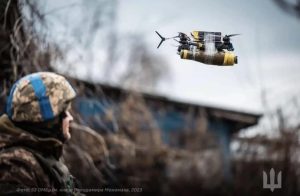


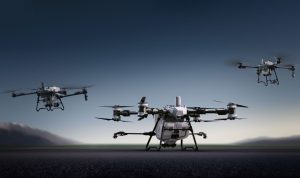

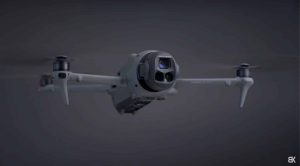
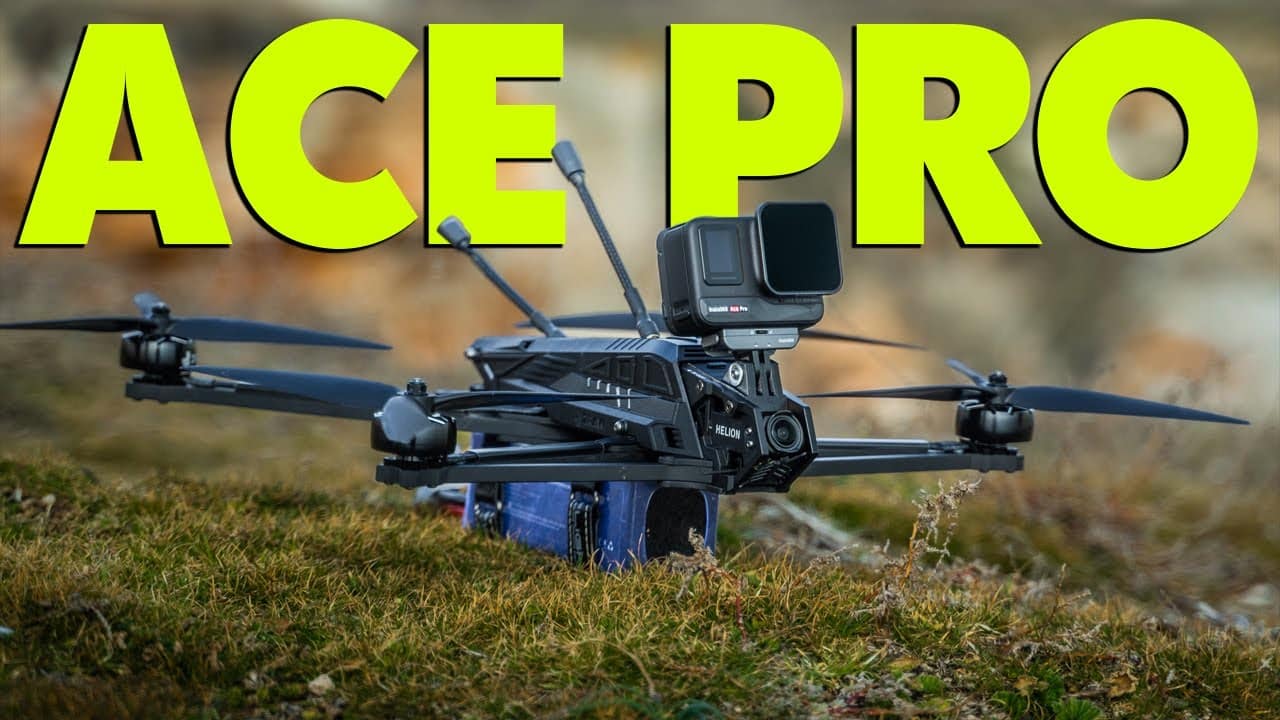

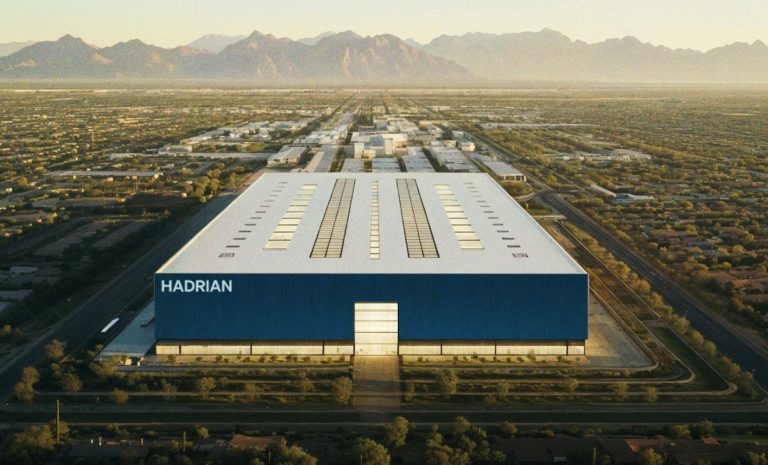


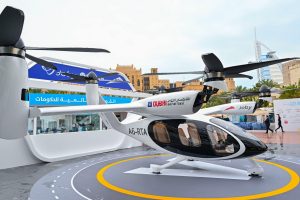
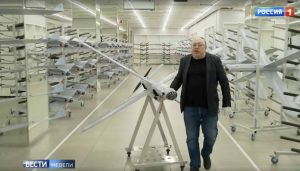
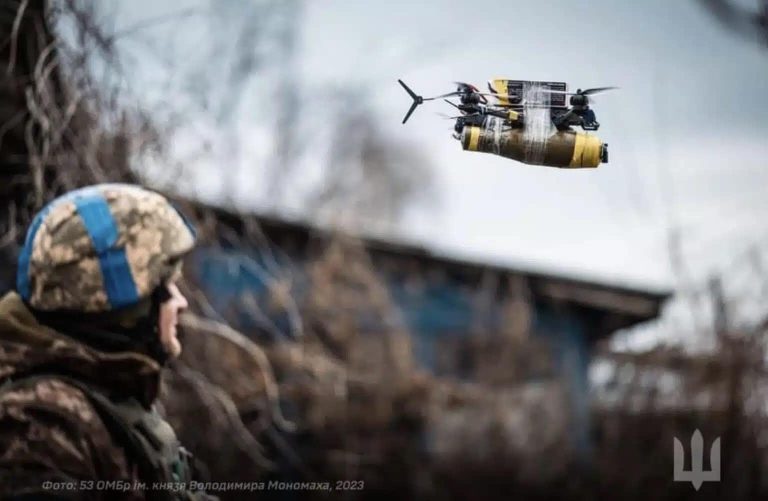



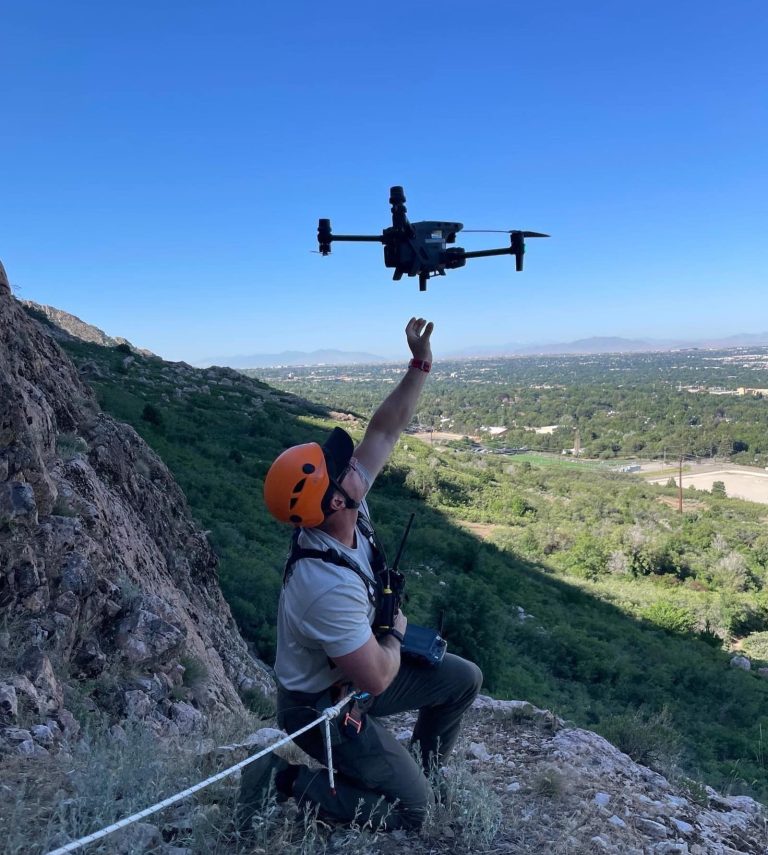
+ There are no comments
Add yours